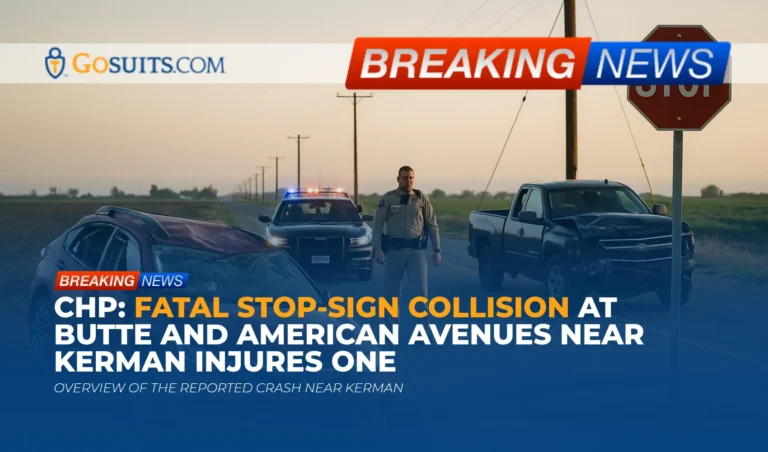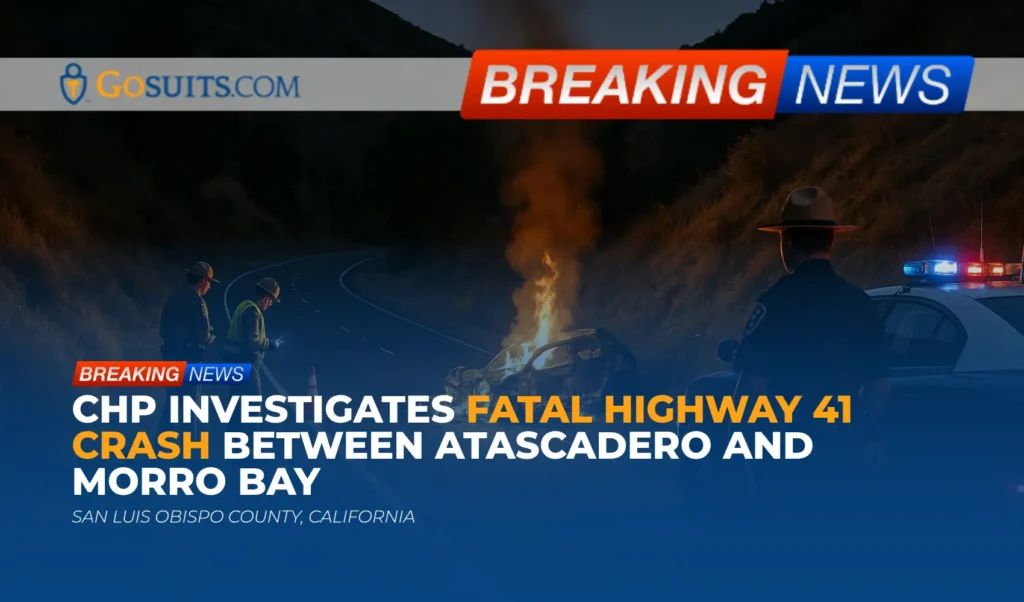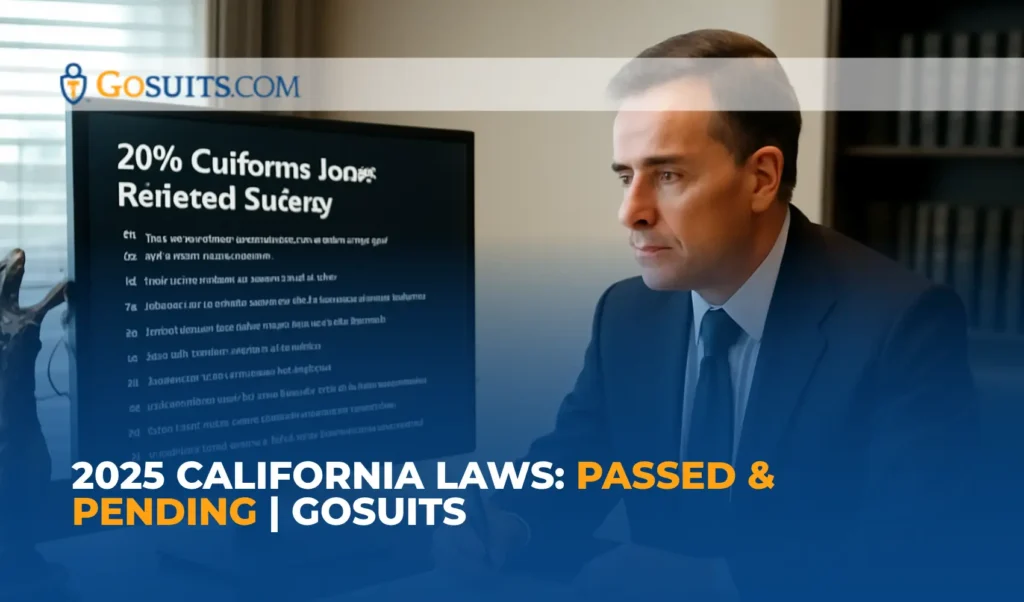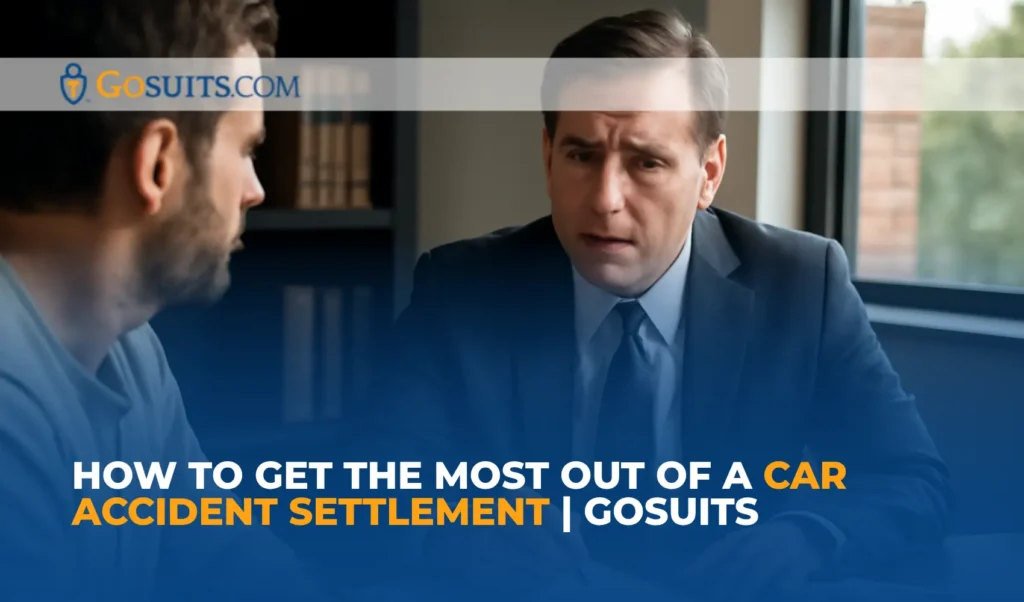- Overview of the reported crash near Kerman
- What we know so far
- Location context and intersection control
- How to obtain official records and documents
- Traffic collision report from CHP
- Coroner and autopsy information
- Medical records and patient access rights
- 911 audio and dispatch logs
- Safety and engineering insights about stop‑controlled intersections
- Legal insights from a personal injury perspective
- Duties at stop‑controlled intersections under California law
- Comparative fault in California
- When third parties might bear responsibility
- Insurance considerations after a serious crash
- Key civil deadlines to know in California
- Practical next steps for those affected
- Who to contact for official information
- Data on intersection crashes in California and the U.S.
- Why timely action matters
- Commentary from Gosuits Kerman, California Personal Injury Attorney
Overview of the reported crash near Kerman
A two-vehicle collision occurred around 8 p.m. near the intersection of Butte Avenue and American Avenue, southwest of Kerman in Fresno County. According to early information attributed to the California Highway Patrol, a 2007 Chevrolet Silverado traveling southbound on Butte Avenue reportedly failed to stop at a posted stop sign and struck a westbound 2017 Honda Civic traveling on American Avenue, which does not have a stop sign at that junction. The impact sent the Honda off the roadway into a dirt field where it overturned and then came to rest on its wheels. The Chevrolet continued into a nearby field and struck a power pole guy wire. The male driver of the Chevrolet, age 30, exited his vehicle, collapsed at the scene, and was airlifted to Community Regional Medical Center where he later died from his injuries. The 20-year-old woman driving the Honda was transported to the hospital with minor injuries. Both drivers were reportedly wearing seatbelts, and alcohol or drugs were not believed to be factors at the time of the initial report. The collision remains under investigation by the CHP Fresno Area office. Our thoughts are with everyone affected by this collision, including loved ones processing sudden loss and those recovering from injuries. In the aftermath of an event like this, clear information, compassion, and careful guidance matter.
What we know so far
– Time and location: Approximately 8 p.m., at or near Butte Avenue and American Avenue, southwest of Kerman, Fresno County. – Vehicles involved: 2007 Chevrolet Silverado and 2017 Honda Civic. – Direction of travel: Chevrolet southbound on Butte Avenue; Honda westbound on American Avenue. – Traffic control: Butte Avenue controlled by a stop sign; American Avenue is not stop-controlled at that intersection. – Crash dynamics: The Chevrolet reportedly did not stop at the sign, entered the intersection, and collided with the Honda. The Honda overturned in an adjacent field. The Chevrolet struck a power pole guy wire after traveling into a field. – Injuries and outcomes: The Chevrolet’s driver suffered fatal injuries after being airlifted to a hospital. The Honda’s driver sustained minor injuries and was treated at a local hospital. – Restraints and impairment: Both drivers were using seatbelts. Investigators initially indicated that alcohol or drugs did not appear to be factors. – Status: The CHP Fresno Area office is continuing the investigation.
Location context and intersection control
Intersections in rural or semi-rural areas of Fresno County often combine higher operating speeds on through roads with selective stop control on side roads. American Avenue in this area functions as a through corridor, while Butte Avenue is controlled by a stop sign to manage cross traffic entering American Avenue. When a driver on a stop-controlled side road fails to stop or yield, vehicles on the through corridor may have limited time and space to respond. This can lead to high-energy side-impact or angled collisions, rollovers, and secondary impacts off the roadway. Visibility, nighttime conditions, traffic volume, roadway geometry, and roadside features can all influence crash severity. While the investigation is ongoing, general roadway safety principles at stop-controlled intersections underscore the importance of full compliance with stop and yield requirements, adequate lighting or visibility, and defensive driving on through routes where cross traffic may not stop.
How to obtain official records and documents
For families and community members seeking clarity, official records can help answer practical questions about what happened. Processes and eligibility are set by California law and agency policies.
Traffic collision report from CHP
– What it is: The Traffic Collision Report contains the investigating officer’s observations, diagram, involved party and witness information, and any documented contributing factors. – Who can get it: Under California law and CHP policy, access is typically available to involved parties, their insurers, and legal representatives. – How to request: The California Highway Patrol provides a statewide process to request a collision report using form CHP 190. Details, eligibility, and instructions are available from the CHP at this collision report request page. To find the local office handling the investigation, see the CHP Fresno Area Office listing at this CHP office directory page.
Coroner and autopsy information
In Fresno County, the Sheriff-Coroner is responsible for death investigations. Autopsy and coroner records are subject to specific disclosure rules, and portions may be restricted to protect privacy or the integrity of an investigation. – Where to start: Visit the Fresno County government website at fresnocountyca.gov and navigate to the Sheriff-Coroner pages for current contact information, office hours, and guidance on requesting reports. – Death certificates: Certified copies are issued through county vital records or the California Department of Public Health. For statewide guidance on ordering death certificates, see the California Department of Public Health Vital Records information at this CDPH page.
Medical records and patient access rights
Patients and, in some circumstances, their personal representatives have rights under federal law to access medical records. Facilities may require proper authorization and identity verification. – Rights overview: The U.S. Department of Health and Human Services explains patient access rights under HIPAA, including timelines and permitted fees, at this HHS resource. – Practical tip: Hospital records requests often go through a Health Information Management or Release of Information department. For decedents, a legally authorized representative may be required to request records.
911 audio and dispatch logs
911 audio and dispatch logs may be obtainable through public records requests, although certain exemptions apply for privacy and ongoing investigations under the California Public Records Act. Relevant statutes and exemptions are codified in the Government Code. For the general statutory framework, see the California Public Records Act provisions starting at this section of the Government Code. Requests related to a CHP-handled collision can begin with the CHP Fresno Area office. For county 911 records, check Fresno County’s departments via the county website to identify the proper custodian of records.
Safety and engineering insights about stop‑controlled intersections
Intersections concentrate conflict points where vehicle paths cross. Even at lower speeds, angle impacts create significant crash forces, and when speeds are moderate to high, injuries can be severe. National roadway safety agencies emphasize that a substantial share of serious crashes occur at or near intersections. – The Federal Highway Administration notes that a significant proportion of serious crashes happen at intersections nationwide, and it prioritizes intersection safety improvements through proven countermeasures such as enhanced signing, improved sight distance, lighting, and rumble strips. See FHWA intersection safety resources at this FHWA page. – Seat belts remain one of the most effective protections in a crash. Federal safety data indicate that wearing seat belts significantly reduces the risk of fatal and serious injuries. For more on seat belt effectiveness, see this NHTSA resource. Field investigations often examine whether traffic control devices were visible and compliant with standards, whether vegetation or features impeded sight lines, and whether nighttime conditions warranted additional treatments. Where warranted, agencies may consider measures such as larger stop signs, advance warning signs, supplemental plaques, roadway lighting, or rumble strips to improve stop compliance and awareness on approaches to through roads.
Legal insights from a personal injury perspective

The civil law questions that arise after a serious intersection collision are distinct from any criminal concerns and focus on duty, breach, causation, and damages. The points below reflect general legal context in California and are offered for educational purposes.
Duties at stop‑controlled intersections under California law
California law sets clear duties for drivers at stop signs and at intersections with through highways. – Duty to stop at stop signs: California Vehicle Code section 22450 requires drivers to stop at the limit line, crosswalk, or entrance to the intersection when facing a stop sign. The text of section 22450 can be reviewed at this California legislative page. – Duty to yield when entering from a stop: California Vehicle Code section 21802 requires a driver who has stopped at a stop sign to proceed only when it is safe and to yield the right-of-way to vehicles so close as to constitute an immediate hazard. See section 21802 at this legislative page. – Through road right-of-way: A driver lawfully traveling on a through highway that is not controlled by a stop sign generally has the right-of-way, but must still exercise ordinary care. Drivers on the through route are not required to anticipate that others will disobey a stop sign, though they must take reasonable action to avoid a crash when danger becomes apparent. When a driver fails to stop or yield as required, that conduct can be evidence of negligence in a civil action alleging that the violation was a substantial factor in causing harm.
Comparative fault in California
California follows comparative fault principles. A jury can apportion responsibility among all parties whose conduct contributed to the crash, and any award is reduced by the percentage of fault assigned to the plaintiff. The Judicial Council’s Civil Jury Instructions address comparative fault at CACI 405, which can be accessed through the California Courts resources at this courts page. In practice, this means multiple questions may be examined, including but not limited to the conduct of each driver, visibility, speed relative to conditions, lighting, and whether any roadway condition contributed to the hazard.
When third parties might bear responsibility
Most intersection crashes are entirely attributable to driver behavior. In some circumstances, however, additional parties may share responsibility. Without speculating about this specific crash, investigators sometimes evaluate whether: – A dangerous condition of public property existed, such as inadequate sight distance or missing or obscured traffic control devices. California’s Government Code permits claims against public entities when statutory conditions are met. See Government Code section 911.2 on the time to present claims at this legislative page. – A defective component or vehicle condition contributed to the incident. This typically requires technical analysis and, if relevant, notice to preserve parts. – Utility or third-party roadway work created an unreasonably dangerous temporary condition without adequate warnings. These issues are fact specific and require careful documentation.
Insurance considerations after a serious crash
Insurance claims are a central part of the recovery process after a collision. General considerations include: – Liability coverage: The injured driver on the through road may pursue a bodily injury claim against the at-fault driver’s liability coverage. If the at-fault driver is deceased, claims are typically presented to the insurer and, when necessary, to the estate. – Uninsured or underinsured motorist coverage: If available on the injured person’s policy, UM or UIM coverage can step in when the at-fault coverage is absent or insufficient. – Medical payments coverage: Some policies include MedPay benefits that can help with medical bills regardless of fault, subject to policy terms. – Recorded statements: Statements to any insurer can be used to evaluate or challenge fault and damages. It is prudent to speak with a qualified attorney before giving recorded statements to protect one’s rights and avoid misunderstandings. What is said early can carry significant consequences later. – Property damage: Vehicle repair or total loss claims typically proceed promptly, but assessments and valuations can be disputed. Keeping photos, estimates, and receipts is helpful. If a public entity may be involved due to roadway conditions, shorter claim timelines may apply under the Government Claims Act. Consider consulting counsel promptly to assess whether such deadlines are implicated.
Key civil deadlines to know in California
– Personal injury and wrongful death: In most cases, California’s statute of limitations for personal injury or wrongful death is two years. See Code of Civil Procedure section 335.1 at this legislative page. – Wrongful death claimants: California Code of Civil Procedure section 377.60 outlines who may bring a wrongful death action. See the statute at this legislative page. – Survival actions: A decedent’s estate may pursue certain claims that the decedent could have brought if they had lived, governed by Code of Civil Procedure section 377.30, available at this legislative page. – Government entity claims: When alleging a dangerous condition of public property, claims usually must be presented to the public entity within six months under Government Code section 911.2, linked above. Deadlines can be affected by specific facts. Early review helps ensure rights are preserved.
Practical next steps for those affected
After a serious crash, thoughtful steps can protect health and preserve important information. The following is general guidance: – Prioritize medical care. Seek care immediately, follow up with providers, and keep all records, referrals, and bills. Symptoms can evolve over days or weeks, especially after an impact and rollover. – Preserve evidence. Save photos of the scene, vehicle damage, interior and exterior areas, skid or yaw marks, debris fields, and any visible injuries. If safe, note lighting, weather, and sight lines. – Identify witnesses. Names and contact details of witnesses and first responders can be critical. – Obtain official records. Request the CHP Traffic Collision Report once available and any related supplemental reports. Consider requesting 911 audio or dispatch logs where appropriate. – Be cautious with insurance communications. Before giving recorded statements to any insurer, contact an attorney to understand your rights. Insurers often ask broad or leading questions that can be misconstrued. What is said early can be used later to limit or deny a claim. – Document losses. Keep a journal of pain, limitations, missed work or school, and activities you can no longer perform. Retain receipts and invoices for out-of-pocket expenses. – Consider vehicle and roadway preservation. If defects, maintenance, or roadway conditions may be relevant, timely preservation letters may be necessary to prevent spoliation of evidence.
Who to contact for official information
– California Highway Patrol, Fresno Area Office. For investigation status and instructions to request a collision report, see the CHP Fresno Area page at this CHP directory link and the statewide collision report request instructions at this CHP page. – Fresno County Sheriff-Coroner. For coroner case inquiries and guidance on requesting autopsy or coroner records, navigate from the Fresno County government site at fresnocountyca.gov to Sheriff-Coroner resources. Availability and eligibility for reports vary by case and applicable law. – California Department of Public Health, Vital Records. For certified copies of death certificates and statewide instructions, see CDPH at this page. – Medical records access rights. For federal guidance on patient and representative access to medical records, see HHS at this resource.
Data on intersection crashes in California and the U.S.

Reliable data help put single events into broader context. Intersection-related safety has been a nationwide focus because of the concentration of conflict points where travel paths cross. – Share of serious crashes at intersections. Federal Highway Administration materials emphasize that a significant fraction of serious crashes occur at intersections. See FHWA’s intersection safety overview at this FHWA page. – Seat belt effectiveness. The National Highway Traffic Safety Administration notes that seat belts substantially reduce the risk of death and serious injury. See this NHTSA page. – Nighttime risk. Reduced visibility and depth perception at night can increase crash risk, which is why agencies sometimes consider lighting or enhanced signing at rural intersections as targeted countermeasures. FHWA highlights engineering strategies to address such risks in its intersection safety guidance at this FHWA page. These data points are general and do not determine fault in any specific case, but they help explain why stop compliance and thoughtful roadway design are so important on through corridors like American Avenue.
Why timely action matters
– Evidence can change quickly. Skid marks fade, debris is cleared, and vehicle repairs or salvage can destroy key evidence. Early documentation and preservation requests can make a real difference in understanding how a collision occurred. – Deadlines may be short. While many civil claims in California have a two-year window, some claims against public entities require a claim presentation within six months. Missing a deadline can limit or eliminate options. Reviewing timelines early helps align actions with the applicable statutes. – Insurance positions form early. Insurers often collect statements, scene photos, and telematics data soon after a crash. If only one side’s narrative is documented, that version may drive early liability assessments. Ensuring that all relevant evidence and perspectives are captured can lead to a more accurate evaluation. – Medical documentation is strongest when timely. Prompt care, diagnosis, and follow-up create a clearer picture of causation and severity. Gaps in treatment can be used to argue that injuries are unrelated or less serious. – Financial stability and planning. Understanding available coverages such as MedPay, UM or UIM, and health insurance coordination helps with short-term planning for bills, leave from work, and necessary care. Acting early can reduce stress during recovery. – Respectful communication with agencies. Early, organized requests to CHP, the coroner, and treating facilities help families and involved individuals obtain the records they are entitled to under the law.
Commentary from Gosuits Kerman, California Personal Injury Attorney
We extend our deepest sympathy to everyone affected by this collision near Kerman. Sudden loss and unexpected injury ripple through families, workplaces, and neighborhoods. This article is intended to provide general information and education during a difficult time. From a civil law perspective, the reported facts point to a stop-controlled intersection where one roadway is a through route. California’s statutes are clear that drivers facing a stop sign must come to a full stop and yield to traffic that is close enough to pose an immediate hazard. When a failure to stop or yield occurs, the consequences can be devastating, especially at night on higher-speed corridors. While ongoing investigations will determine the full picture, the legal framework highlighted here explains why intersection compliance and prudent engineering countermeasures are so critical for community safety. In the aftermath of a serious crash, insurance companies and large institutions tend to move quickly. They may call for recorded statements, suggest an early settlement, or frame the narrative in ways that minimize their financial exposure. Many people do not realize that even casual statements can be used later to dispute fault or the seriousness of injuries. Insurers may request broad medical authorizations, seek prior records, or attribute injuries to unrelated causes. Without guidance, it is easy to feel pressured into decisions that do not reflect the full impact on health, work, and family life. A free consultation with a seasoned and skilled personal injury attorney can help clarify rights, timelines, and practical steps before speaking with insurers. Understanding the statutes, the claim process, and the importance of evidence preservation empowers individuals to make informed choices. Even a brief conversation can help avoid missteps that might affect the ability to secure fair consideration under the law.






